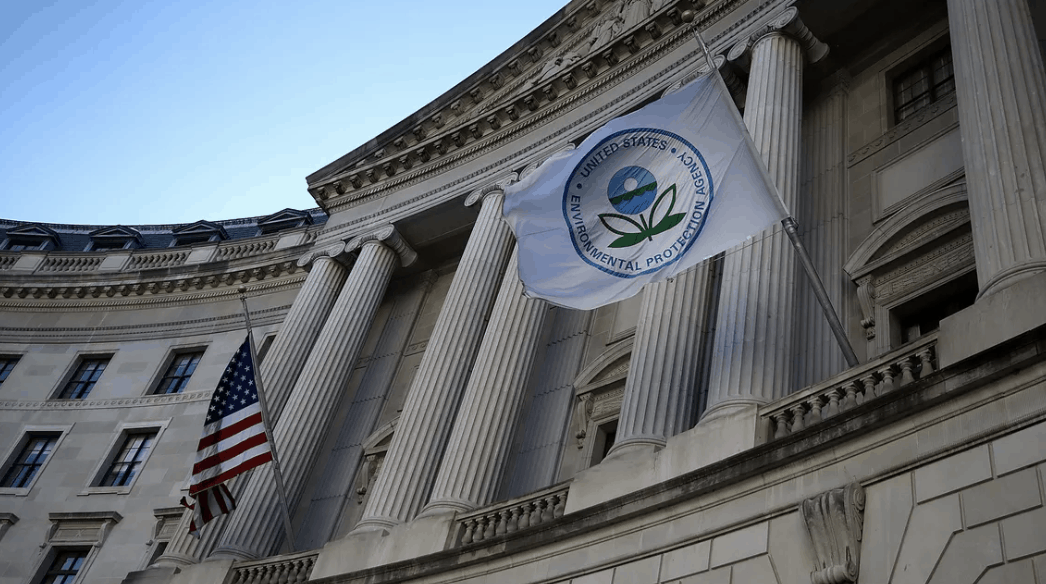Environmental Protection Agency Revises Risk Management Program for Industrial Facilities

 “First, do no harm,” is good ethical advice for regulators as well as doctors, but the Obama-era Environmental Protection Agency took a risk management program for industrial facilities that was working well and made it worse. Now, the Trump administration has finalized revisions that should get the program back on course.
“First, do no harm,” is good ethical advice for regulators as well as doctors, but the Obama-era Environmental Protection Agency took a risk management program for industrial facilities that was working well and made it worse. Now, the Trump administration has finalized revisions that should get the program back on course.
EPA’s Risk Management Program, part of the 1990 Clean Air Act Amendments, has since built a solid track record for reducing accidents at chemical plants and other facilities where it applies. Both the number and severity of accidents have been trending downward. But in a rule pushed out the door in the final days of the Obama administration—rarely a good sign—EPA made a number of problematic changes to the program while adding considerably to compliance costs.
Most notably, the revamped program would require detailed information disclosures to virtually anyone requesting them, which could help terrorists intent on attacking such facilities. During interagency comments on the rule, one agency stated that the very open-ended information disclosure requirements “could assist terrorists in selecting targets and/or increase the severity of an attack.” The Trump EPA’s November 21, 2019 Risk Management Program reconsideration rule places reasonable limits on such information disclosures while still ensuring that local first responders—the ones who have to go to the site of a dangerous chemical leak or fire or explosion—have access to all the information they need to do their jobs. The latest changes also improve coordination with homeland security agencies as well as the Occupation Safety and Health Administration (OSHA), which is the primary federal agency regarding workplace safety.
The revisions do other useful things, one of which is to allow the EPA the flexibility to focus on the small percentage of facilities that present the most risk (half the accidents can be traced to less than 2 percent of regulated sites), rather than impose costly and often unnecessary one-size-fits-all-provisions on every one of the thousands of sites within the agency’s regulatory purview. One Obama-era EPA addition to the program, the Safer Technologies and Alternatives Analysis, was of questionable value but accounted for most of the added cost of the revised program. It has been rescinded in the final rule. Such measures will likely improve safety by allowing resources to go where they can make the biggest difference.
Perhaps the best response to the new rule came from Louisiana Attorney General Jeff Landry, who said:
The Obama Administration not only subjected facilities to even more burdensome, duplicative, and needless regulation; but it also made all of us more vulnerable to security threats. Instead of making facilities safer and more secure, the Obama Administration seemed intent on making unnecessary and redundant regulation enacted only for regulation’s sake. Fortunately, President Trump has taken action to protect both public safety and jobs. President Trump’s revisions account for better coordination and communication which will ultimately prevent accidents, save lives, and protect property.